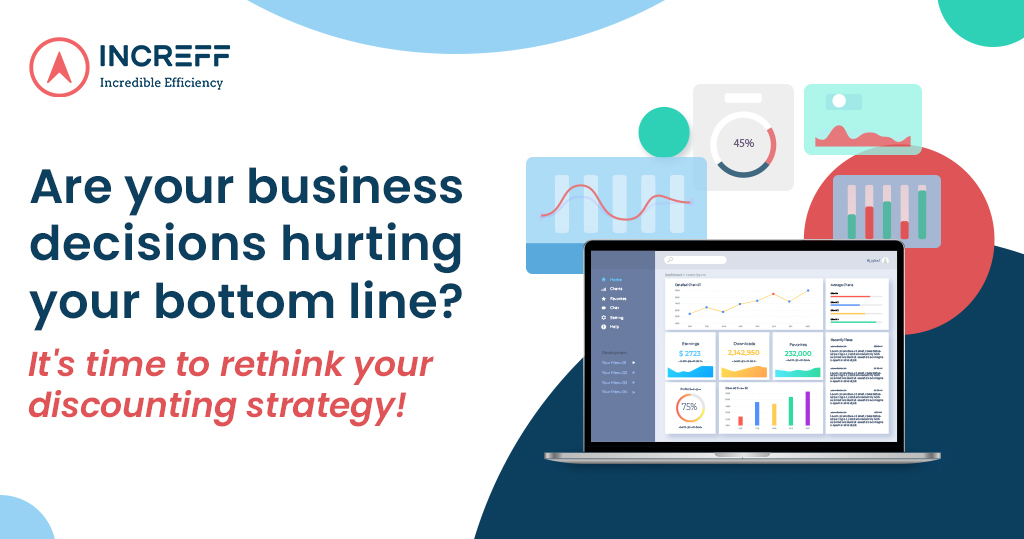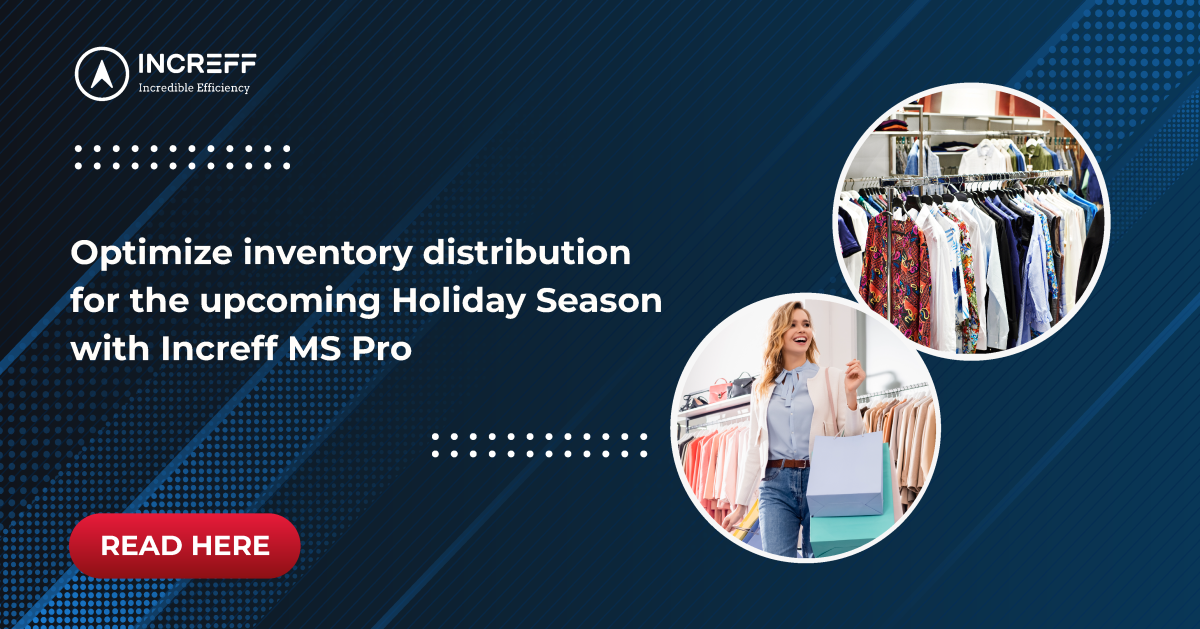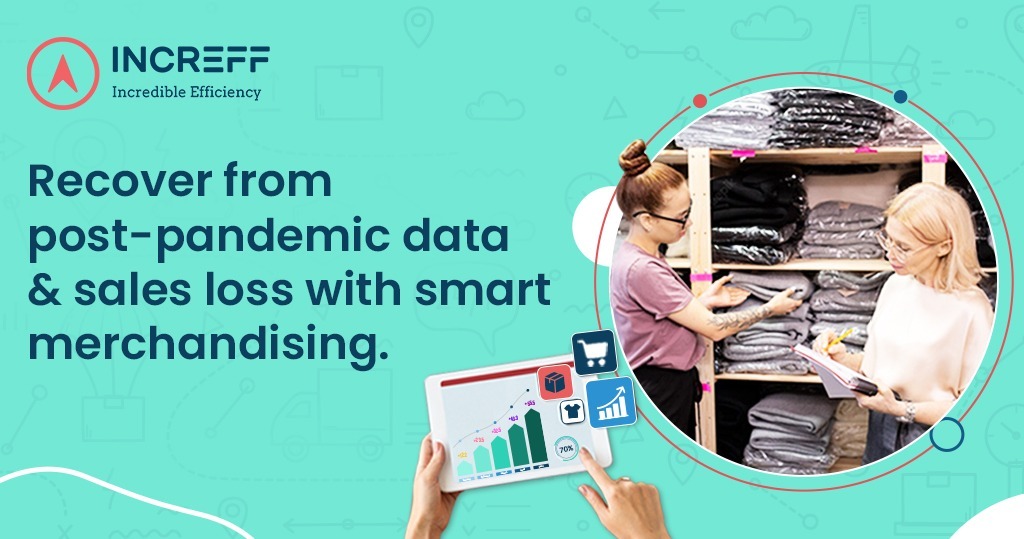Offering excessive discounts during the sales season can be quite tempting to clear ageing inventory, however, discounts not only slash profit margins significantly but, if done without the right strategy, can impact your brand image. Once customers get used to low price points, they can become reluctant to buy at full price and end up waiting for the clearance sale to make their purchase. This behaviour impacts regular cash flow, and brand reputation, and dilutes customer trust in the genuineness of the price.
A good pricing model paired with an effective discounting strategy helps maximize business growth and promote sales without hurting the business. Here are some discounting techniques to make your business more profitable.
- Flat discounting vs Slab discounting
Applying a flat/blanket discount on all products can shoot up discount payout dramatically, affecting profit margin by treating them all the same. Rather than offering flat discounts, brands can give higher discounts on selected assortments, e.g. seasonal items or refurbished items, and earn higher margins on good inventory. This kind of slab discounting helps brands earn better margins by discounting the products right based on their true value. Increff Merchandising solution is designed for flexible discounting, it allows retailers to adjust prices on a daily basis, based on fluctuating customer demands.
- Gift-with-purchase (GWP) & Purchase-with-purchase (PWP)
Offering a free gift with purchase is an effective cross-selling strategy that helps customers get excited at the prospect of saving money and getting a higher value for a bundle of products. Offering customers an option, e.g. “buy two, get one free”, can be a smart way to reduce discount pay-out and clear more stock. Another sales promotion technique, PWP, offer discounts only on the purchase of a second or third product. This is to entice customers into buying a threshold of products to avail of the offer.
Both strategies ensure that products are not devalued or the brand reputation is not diluted. However, if the discount is not well planned and executed, there is a high risk of giving away expensive stock which could cause serious losses to the brand.
- Right marketing strategy during discounts
Expiry dates and limits on discounts help build a sense of urgency that urges customers to make the purchase before meeting the deadline. It’s difficult to ignore compelling CTAs, or calls to action. Statements like ‘Exclusive offer to the first 30’ or ‘Get it NOW before it’s GONE’, are persuasive strategies to raise a sense of scarcity that pushes customers to take immediate action.
Right visual merchandising
Attractive store-front and catchy window installations, in-store displays, racks, eloquent signage, point-of-purchase displays, etc. can be good techniques to attract customers. Once inside the store, eye-catching story displays, appropriate lighting, attractive interior designs, easy-to-navigate store layouts, etc. help create a delightful, customer-friendly environment. Increff Merchandising solution considers business constraints of planogram and operating plan to design a store plan. A well-planned store encourages customers to spend more time in it, thus exposing them to maximum merchandise and boosting chances of sales.
- Spread out the discount period
To accommodate the rush and avoid system glitches, it’s best to spread out the discounting period. Brands often struggle with a sudden spurt in customer footfall due to a lack of floor space, staff, or the right technology. The same is true for online shopping where a sudden spike in web traffic can cause server issues, or create bottlenecks in the supply chain. Rather than offering discount sales for one or two days, it is highly recommended to extend the period to a week or more and avoid operational nightmares. Integrating a robust technology solution for inventory and order management can help brands avoid order cancellations, delays in order fulfillment, and poor customer shopping experience.
- Reward loyal customers
Instead of offering the same discounts to existing customers, it is far better to personalize offers and add value for loyal customers. They are the business builders: they buy more, pay premium prices, and bring in new customers through referrals. Realizing the benefits of loyalty requires an admission that not all customers are equal. In order to maximize loyalty and profitability, a company must give its best value to its best customers. Offering gift coupons, discount vouchers, and loyalty points to buy groceries or other fast-moving products from a partner brand, or getting a healthy discount on frequently purchased products like milk, vegetables, and cereals can encourage customers to buy more.
- Offer discounts to first-time buyers
Customer acquisition can be a formidable challenge. Apart from offering rewards and offers to loyal customers, it is beneficial to prioritize first-time buyers. By taking them through the rabbit hole of your offerings, brands can encourage first-time buyers to try new products. This strategy has successfully been used by fashion brands such as H&M and Bloomingdale’s in the form of offering 10% off on the first order.
- Track your promotions
Track your marketing campaigns to know how effective they are. Online Analytics module in Increff Merchandising solution helps you understand the changes in page views and conversion rates, through which you can understand how effective promotions were. You could take appropriate calls to retain, increase or discontinue the offers on the products.
- Do smart buying
If your core idea of discounting is to get rid of excess inventory and make space, do smart buying in the first place and avoid the clutter of excess inventory. Increff tool helps you create efficient buying and reordering plans that will let you keep the optimum level of inventory. With this, you will also suffer fewer stock-outs and sale losses connected to the same.

Final thoughts
When creating a discounting strategy, avoid having a one-track mind. Instead, mix and match your options and use ample creativity to boost sales, reduce pay-outs and enhance the customer experience. Make discounting decisions 2 times faster with Increff Merchandising solution, Markdown optimization module, and sell more at the right price.






